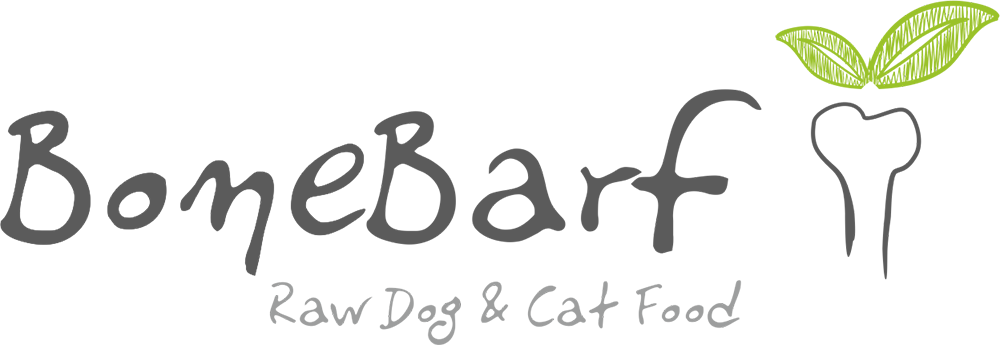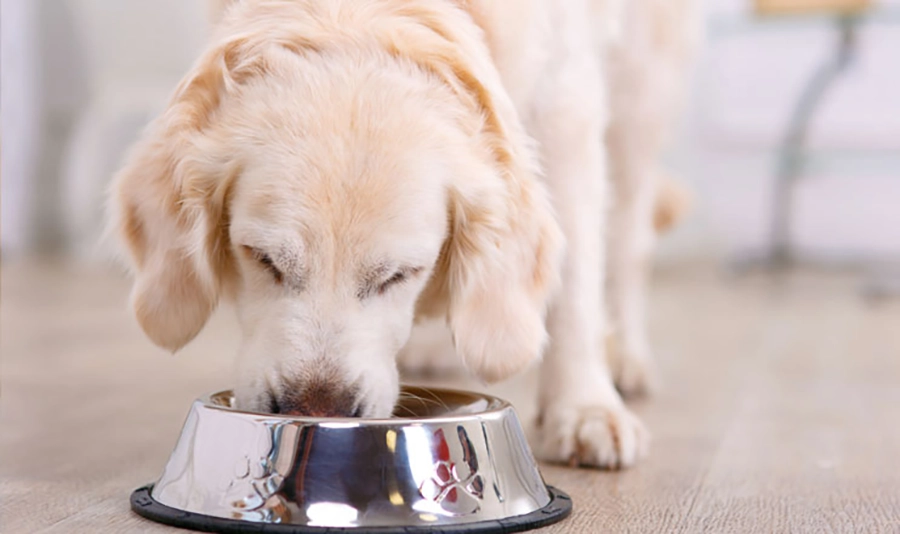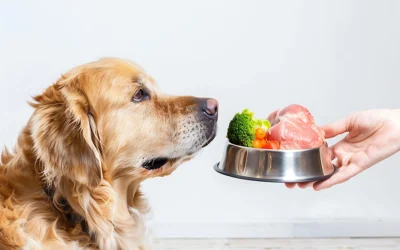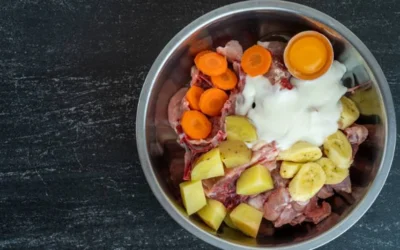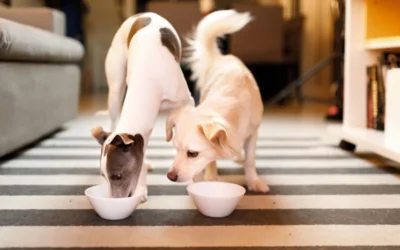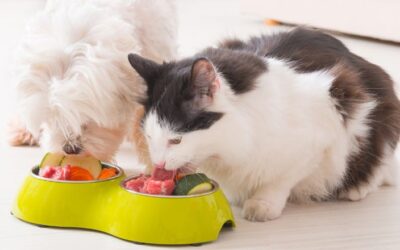Transitioning your dog to a raw diet (B.A.R.F.) can seem like a challenge at first. You might feel worried or unsure, thinking this diet might be unsuitable or even dangerous for your pet.
We assure you there’s no reason to worry. Those who switched their dogs to a BARF diet are fully satisfied and would never go back to inferior foods such as kibble or canned food. The health benefits of BARF are obvious from the very first moment, which will ease all your doubts. If you’re still unsure about this transition, read the History of BARF.
If you’re ready to move your dog to a raw diet, here are 10 simple rules to help you start and learn more about healthy raw feeding.
#1: Calcium Is Essential
Both adult dogs and growing puppies need sufficient calcium in their diet to stay healthy. Along with phosphorus, these two minerals work together to support your dog’s body. Bones contain both calcium and phosphorus, whereas meat is high in phosphorus but low in calcium. A diet of meat only can cause nervous system issues or growth problems in puppies. Bones are therefore a crucial part of your dog’s diet.
#2: Organs Are Multivitamins
Organs are the most nutrient-rich parts of the animal, but they should be fed in small amounts. Organs like liver, brain, pancreas, and spleen can be part of the BARF diet, providing extra nutrients. The amount should not exceed 5–10% of your dog’s diet.
#3: Muscle Meat Is the Foundation
The base of the BARF diet is muscle meat—the protein your dog needs for proper development. Protein also helps build strong tissues and supports hormones and enzymes essential for survival. Good choices include:
– Beef (muscle meat, cheek meat)
– Chicken (thighs without bones, breast)
– Lamb (shoulder or breast meat)
#4: Watch the Fat
Fat is healthy and vital for your dog’s nerves, immune system, and skin health. But fat carries twice as many calories as protein and very few vitamins and minerals. Too much fat means your dog won’t get enough vitamins and minerals. The fat content should stay between 10–20% of the diet.
#5: Fruits & Vegetables
Fruits and vegetables are excellent additions to your dog’s diet. Research shows they have strong anti-cancer properties and help maintain a healthy weight, since they add minimal calories. BoneBarf foods contain apple, lettuce, carrots, and sea buckthorn to provide essential nutrients.
#6: Keep It Starch-Free
Starchy foods like grains, peas, and potatoes aren’t suitable for dogs. They cause your dog to produce insulin constantly, making them store more fat. More importantly, starch only adds empty calories. If your dog doesn’t need it—why feed it?
#7: Variety Matters
Just like humans, dogs need a variety of healthy foods to get a wide range of nutrients. And eating the same thing every day is boring! Feed a wide variety of foods, including different protein sources.
#8: Balance Over Time
A common criticism of raw feeding is that it’s not “complete and balanced.” In reality, nobody knows exactly what “complete and balanced” means. What matters is balance over time—not at every single meal. If your dog’s nutritional needs are met over several days or weeks, you’re good.
#9: Feed Fish Once a Week
You can feed whole fish such as sardines, herring, or mackerel once or twice a week. Or add small amounts of fish to several meals (e.g., B.A.R.F Mix with Chicken–Beef–Sardine). At the end of the week, fish should make up about 5% of your dog’s total diet. This balances the fats.
#10: Relax
If you follow rules 1–9, you’ll be feeding your dog a fresh, safe, and balanced raw diet. It’s really that easy. The only step left is to start!
WHEN TO FEED : Most owners feed twice a day—morning and evening
HOW MUCH TO FEED: As a starting point, feed your dog about 2.5–3% of its ideal adult body weight. If your dog is very active, you may need to feed a bit more. Puppies need more calories and nutrition—about 2–3% of their ideal adult weight. At 4–6 months old, puppies need plenty of food and extra calcium to develop adult teeth. Without enough calcium, they’ll draw it from their bones.
